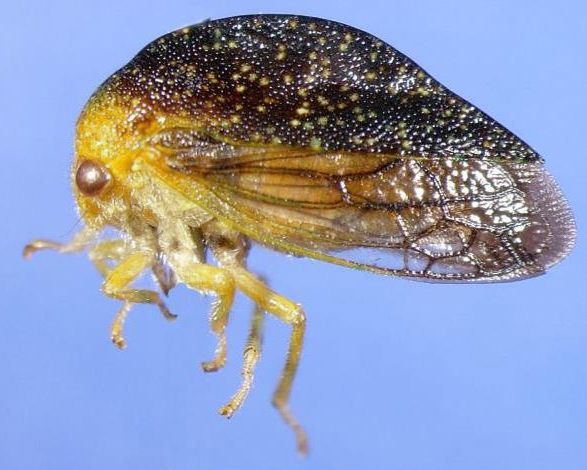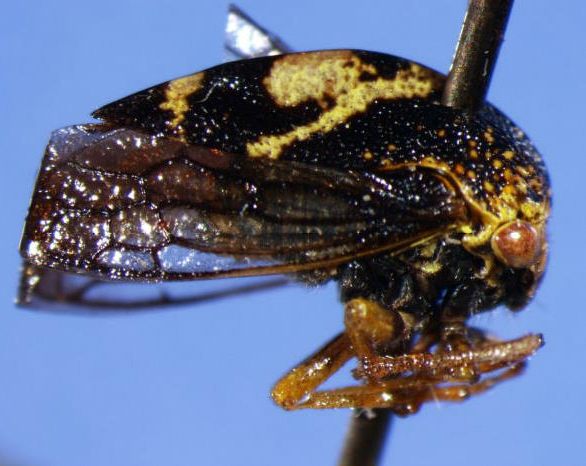
|
|
|
| synonym |
|
| description |
A species with a fairly distinctive color pattern compared to other members of this genus. Males have coarser but sparser punctuation on their pronotum, as well as a shinier surface, than that of the female. Males have a yellowish green face and a dark pronotum, typically with a combination of pale speckling and transverse pale bands contrasting with darker coloration; in some individuals, these bands are less distinct. The forewings are hyaline, darker towards the rear. The body beneath is bright green, and the tergum of the abdomen is black, sometimes infringing on the green of ventral segments. The male's genital organs are black, and the legs are a bright yellowish-green. Females are overall a light green, sometimes yellowish color, with scattered pale spots; some females can be quite dark though. The face is a brighter yellow, as well as the sides of the abdomen. The eyes are green, centrally reddish brown. The pronotum is moderately arched, highest in the middle, and the body beneath is green; the edge of the pronotal crest is brownish. The forewings are hyaline, their veins greenish and distinct. The legs are green with rosy claws. Adult males are 6.5 mm long while females are 7.5 mm. (Kopp)
Nymphs of this species are typical for the genus and are a light green.
For more images of this species, see: BG. |
| distribution |
Eastern and central United States, west to Texas (Kopp) |
| abundance |
Uncommon to rare, only a handful of records from the Piedmont and Coastal Plain. Seasonal distribution: 26 April-26 May (CTNC) |
| seasonal_occurrence | |
| habitat |
|
| plant associates |
Quercus alba, Q. falcata, Q. palustris, Q. stellata (CTNC); also reared from Quercus bicolor. |
| behavior |
To listen to the male courtship call for this genus, listen here. These courtship calls are not audible to the human ear, and the calls here are produced by recording the substrate vibrations that the treehoppers use to communicate through the plants themselves. The recorded call is then amplified so that it is now audible to human ears. Research has shown that treehoppers use vibrations to attract mates, to announce the discovery of a good feeding site, or to alert a defending mother to the approach of a predator (T.IM).
Can be attracted at night with a light. |
| comments |
This species displays notable variation in coloration and pattern. It is most similar, particularly females, to Atymna helena. Note that females of A. helena tend to have a differently-shaped pronotum that is less pronounced and shorter (in terms of height) compared to that of females of C. dixianus. Males of A. helena are typically distinguishable and look more like males of A. querci. |
status |
[Native:]
[Introduced:]
[Extirpated:] | | list_type |
[Official:]
[Provisional:] |
| adult_id | Unmistakable and widely known Identifiable from good quality photos of unworn specimens
Identifiable from photos showing undersides, or other specialized views [e.g., legs, face]
Identifiable only by close inspection of structural features or by DNA analysis NULL |
| nymph_id | Unmistakable and widely known Identifiable from good quality photos, especially where associated with known host plants
Identifiable from close inspection of specimens or by DNA analysis
Identifiable only through rearing to adulthood NULL |
| G_rank |
|
| S_rank |
|
| rank_comments |
|
| tribe |
Smiliini |
| subgenus |
|
Species Photo Gallery for Cyrtolobus dixianus No Common Name |
 | Photo by: Matthew S. Wallace
Out Of State Co.
Comment: male | 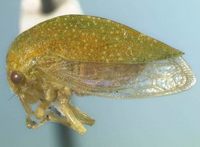 | Photo by: Mark J. Rothschild
Out Of State Co.
Comment: female |
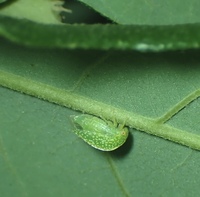 | Photo by: Kelli Ashby
Durham Co.
Comment: Many found under a young oak tree | 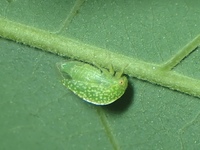 | Photo by: Kelli Ashby
Durham Co.
Comment: Many found under a young oak tree |
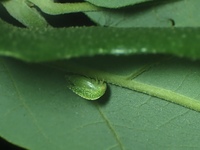 | Photo by: Kelli Ashby
Durham Co.
Comment: Many found under a young oak tree | 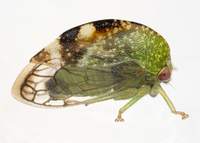 | Photo by: Solomon Hendrix
Out Of State Co.
Comment: hand collected. male. |
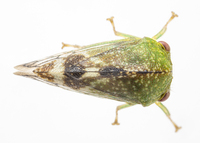 | Photo by: Solomon Hendrix
Out Of State Co.
Comment: hand collected. male. | 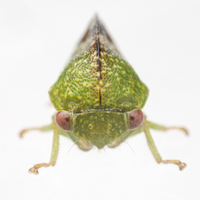 | Photo by: Solomon Hendrix
Out Of State Co.
Comment: hand collected. male. |
 | Photo by: Solomon Hendrix
Out Of State Co.
Comment: hand collected. male. | 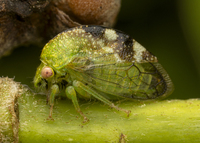 | Photo by: Solomon Hendrix
Out Of State Co.
Comment: hand collected. male. |
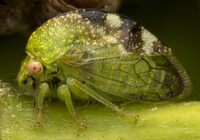 | Photo by: Solomon Hendrix
Out Of State Co.
Comment: hand collected. male. |  | Photo by: Solomon Hendrix
Out Of State Co.
Comment: hand collected. male. |
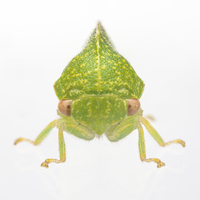 | Photo by: Solomon Hendrix
Out Of State Co.
Comment: hand collected. female. |  | Photo by: Solomon Hendrix
Out Of State Co.
Comment: hand collected. female. |
 | Photo by: Solomon Hendrix
Out Of State Co.
Comment: hand collected. female. | 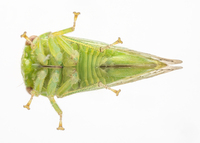 | Photo by: Solomon Hendrix
Out Of State Co.
Comment: hand collected. female. |
 | Photo by: Solomon Hendrix
Out Of State Co.
Comment: hand collected. female. | 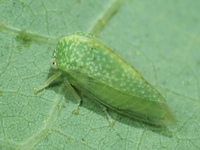 | Photo by: Kelli Ashby
Durham Co.
Comment: Urban garden area. Large and immature oaks |
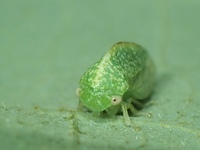 | Photo by: Kelli Ashby
Durham Co.
Comment: Urban garden area. Large and immature oaks |  | Photo by: Kelli Ashby
Durham Co.
Comment: Urban garden area. Large and immature oaks |
 | Photo by: Kelli Ashby
Durham Co.
Comment: Urban garden area. Large and immature oaks | 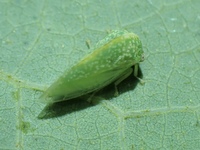 | Photo by: Kelli Ashby
Durham Co.
Comment: Urban garden area. Large and immature oaks |
|

 »
»